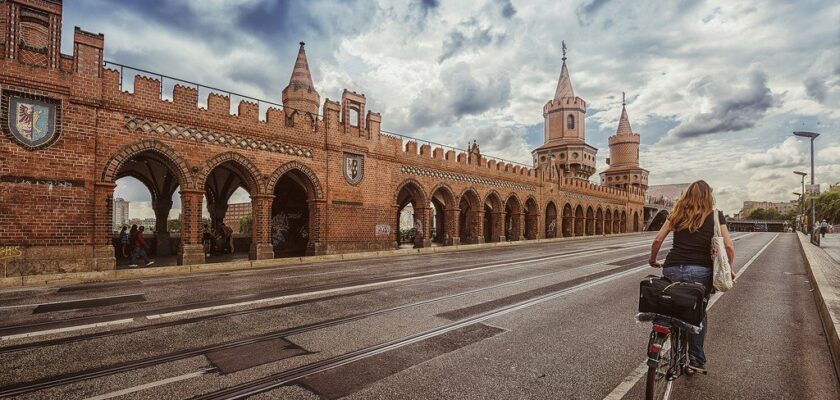Oberbaumbrücke Bridge
Oberbaumbrücke is an ancient red-brick bridge connecting the banks of the River Spree in central Berlin. The two-level bridge structure connects two districts of the German capital, Friedrichshain and Kreuzberg. More recently, they were separated by the Berlin Wall, so the Oberbaumbrücke Bridge is considered a significant symbol of Germany’s unity.
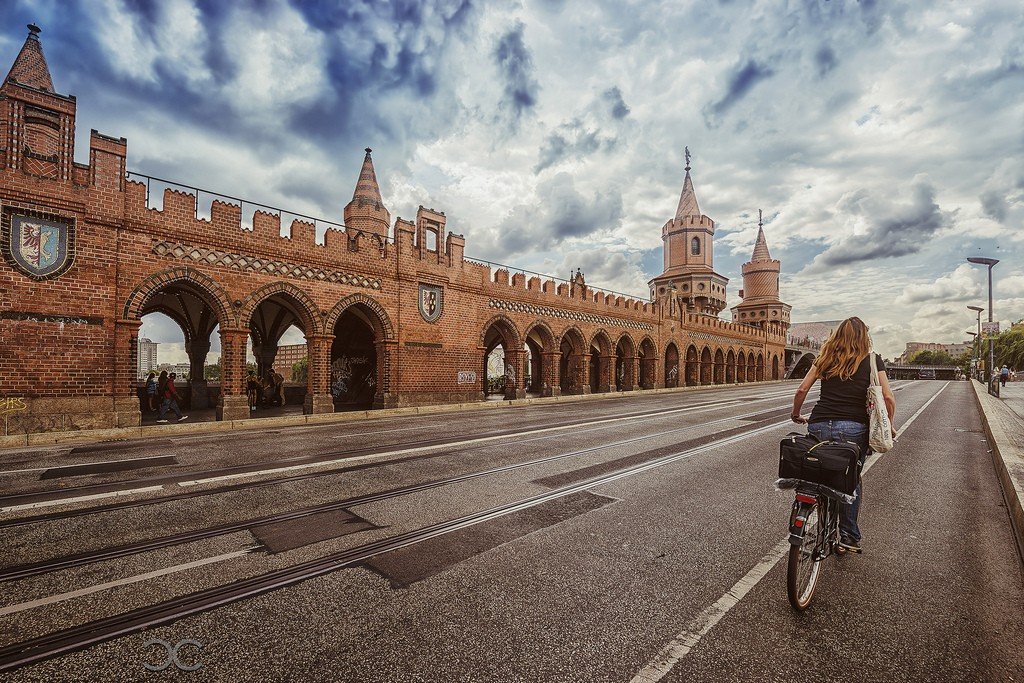
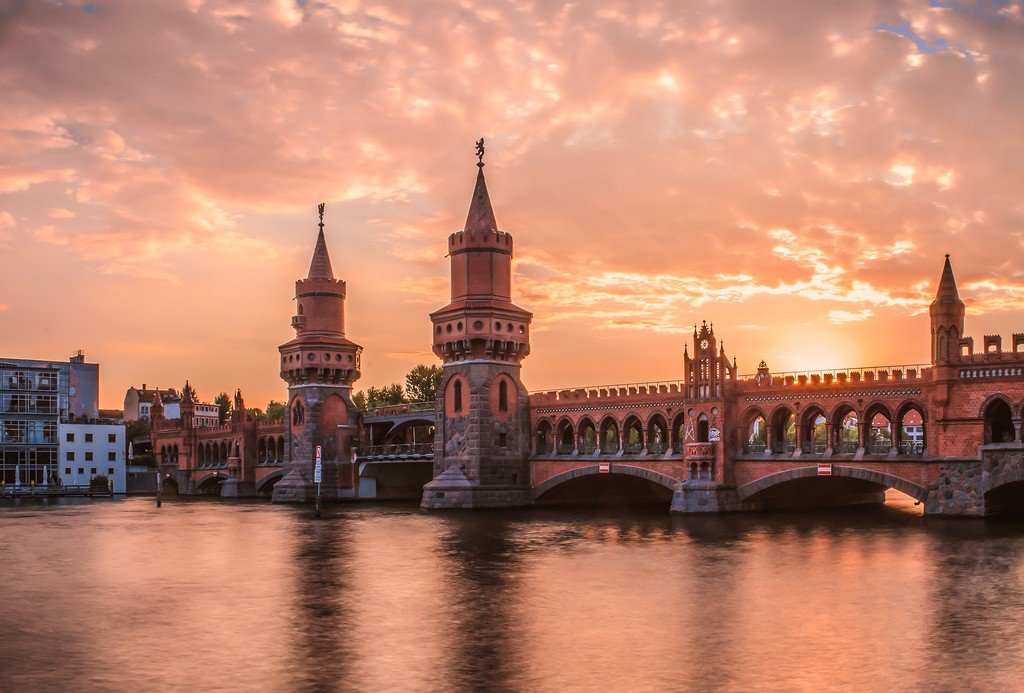
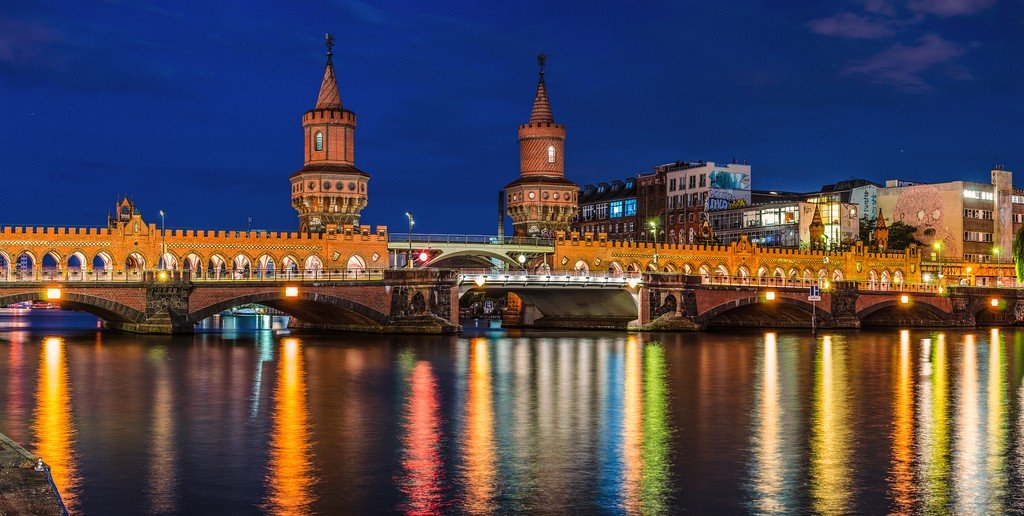
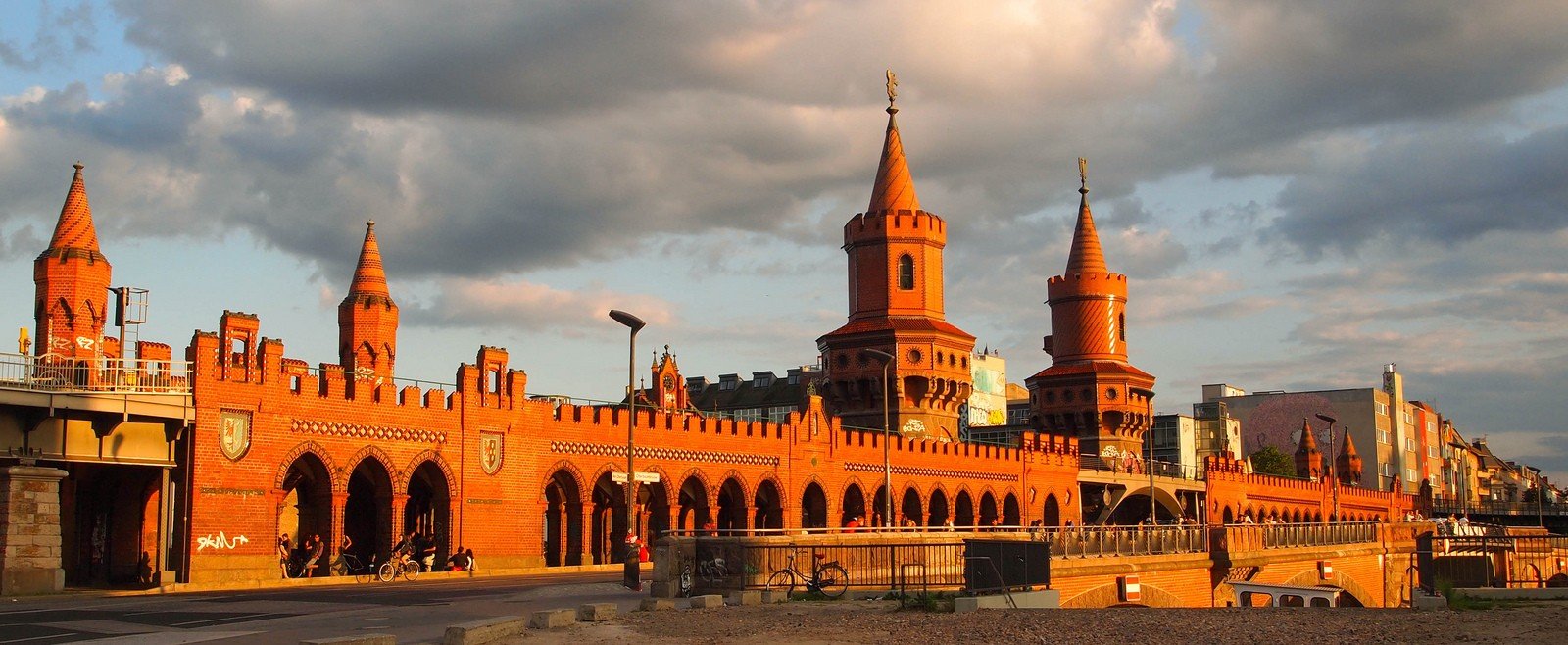
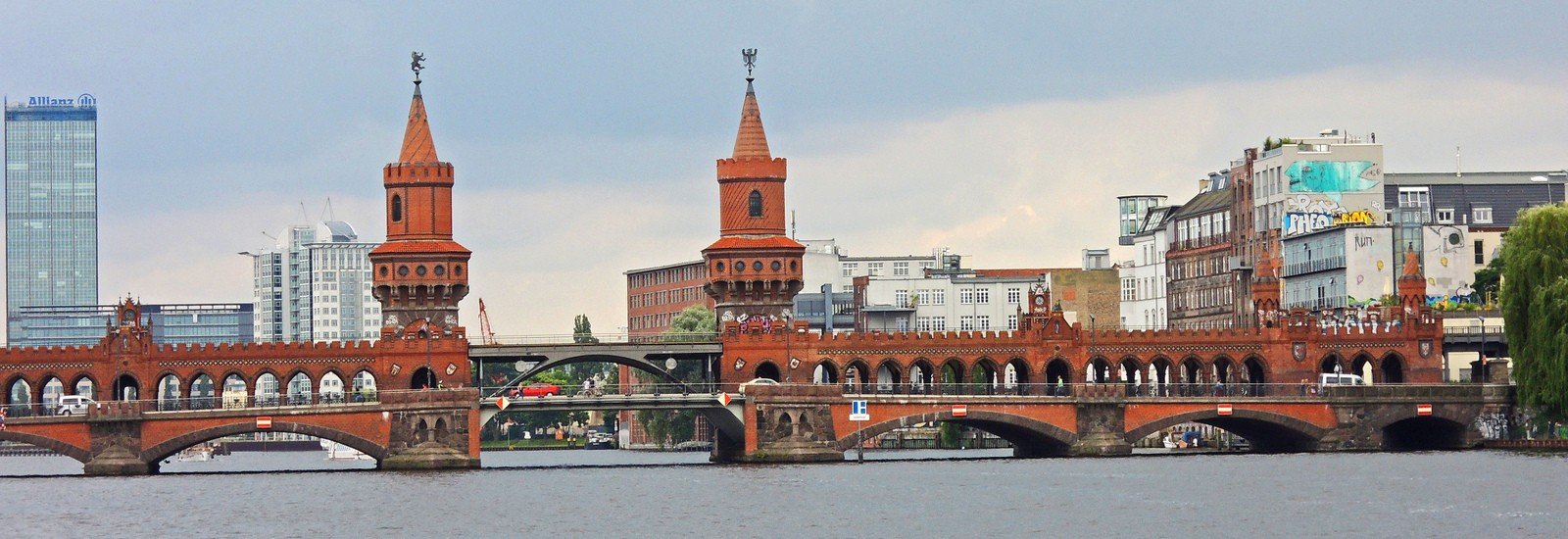
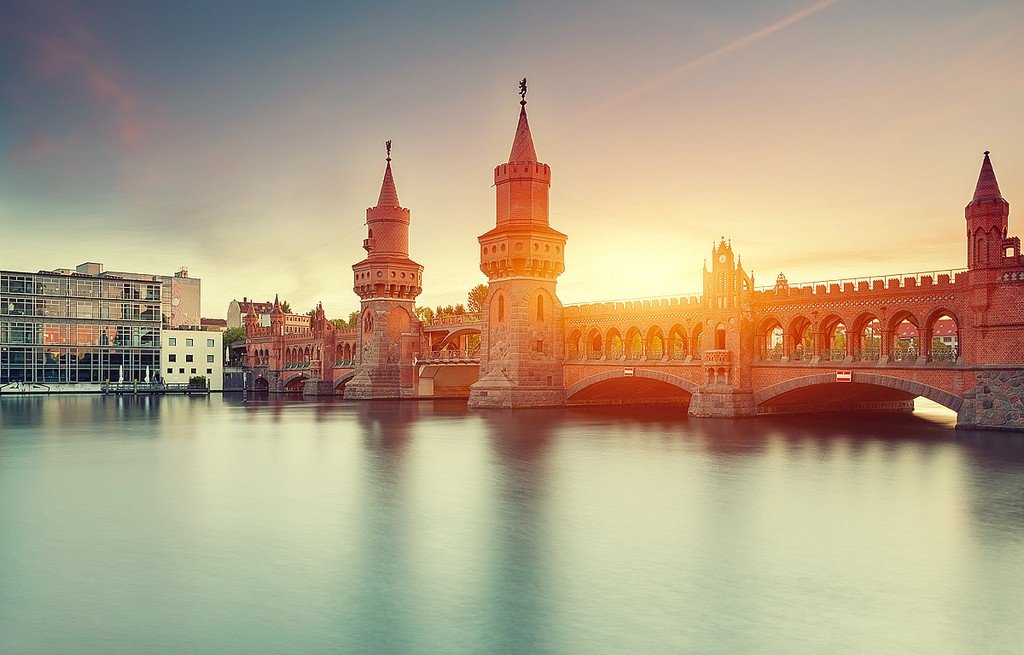
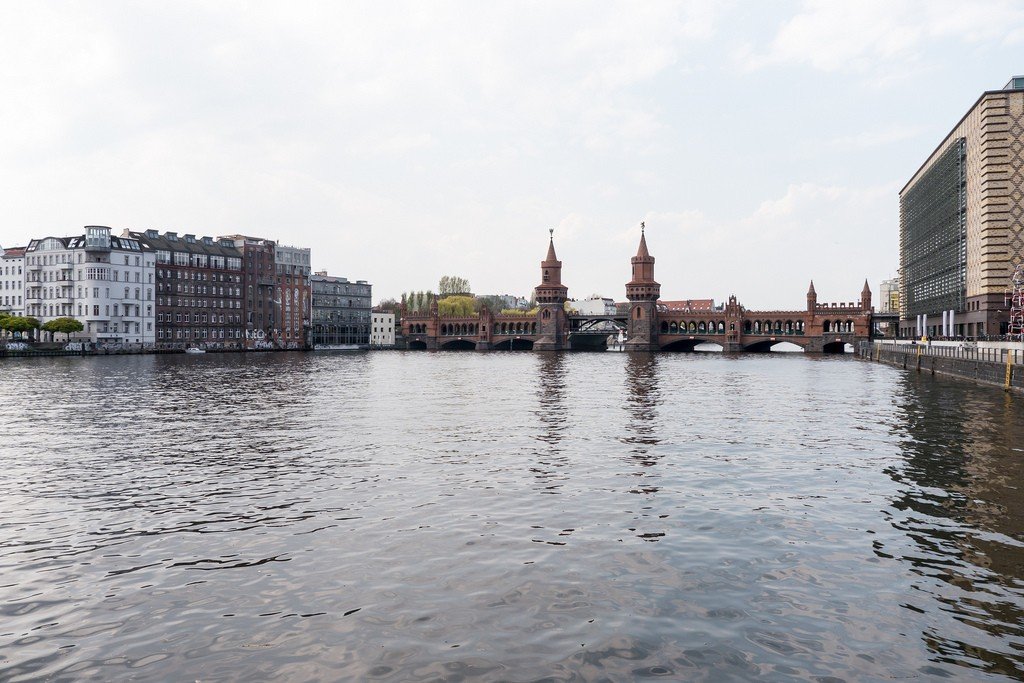
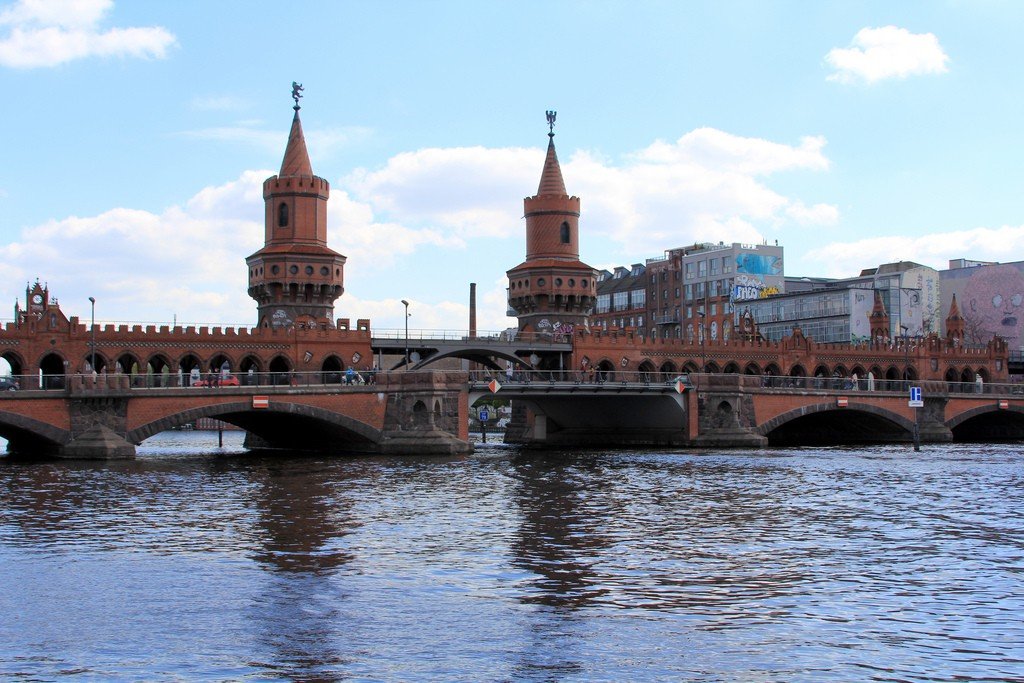
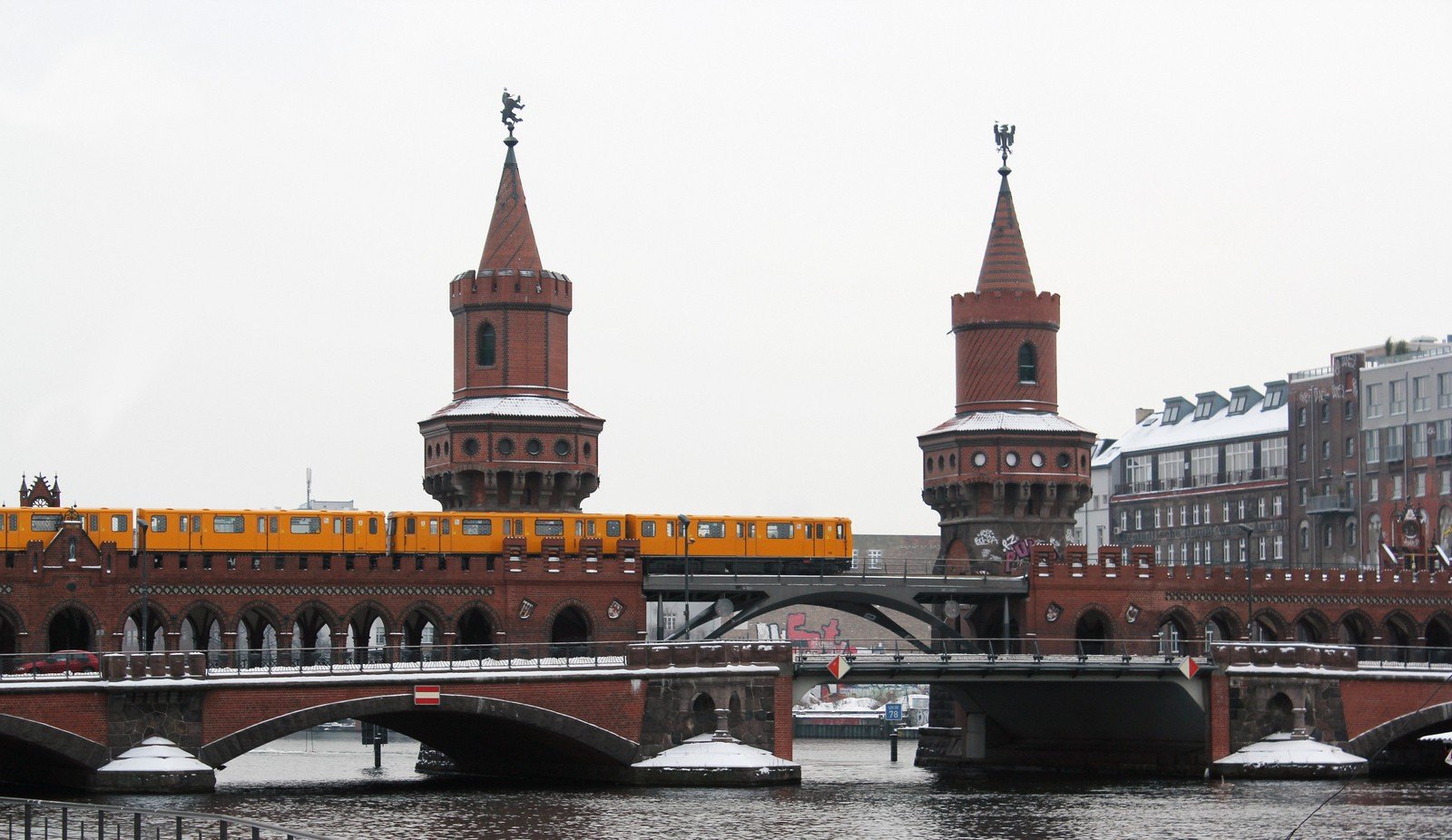
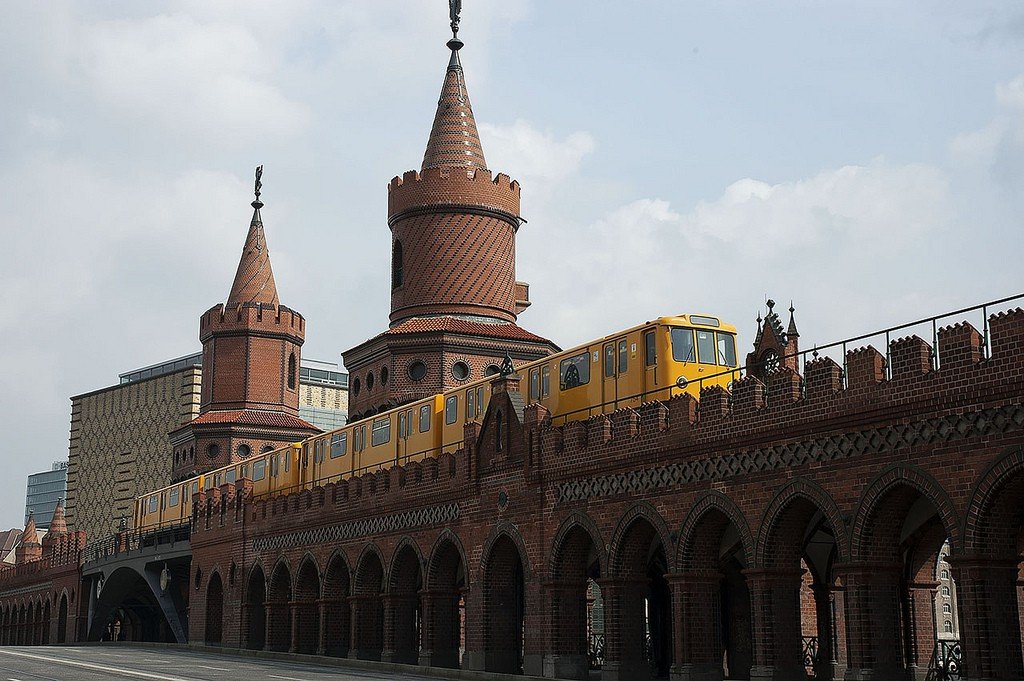
Video: Oberbaumbrücke
” title=”YouTube video player” frameborder=”0″ allow=”accelerometer; autoplay; clipboard-write; encrypted-media; gyroscope; picture-in-picture; web-share” allowfullscreen>%https://www.youtube.com/embed/VansjQ8Gwpo” title=”YouTube video player” frameborder=”0″ allow=”accelerometer; autoplay; clipboard-write; encrypted-media; gyroscope; picture-in-picture; web-share” allowfullscreen>General Information
In German, the name “Oberbaumbrücke” means “upper wooden bridge”. The first wooden bridge appeared here in 1732, and a stone bridge in the late 19th century. During the Cold War, when the city was divided by the high Berlin Wall, there was a checkpoint at the Oberbaumbrücke. A large-scale reconstruction of the bridge with the replacement of the long central span was carried out in 1993-1994 under the direction of the famous architect and project engineer Santiago Calatrava.
.
Today, the seven-span stone bridge is 150 m long and 27.9 m wide. Its lower level carries cars from coast to coast, while the Berlin U1 subway line runs along the top. In the future, streetcars are planned to run along the Oberbaumbrücke.
.The picturesque neo-Gothic bridge is considered one of the tourist attractions of the German capital. It is also the site of annual mock water battles involving residents of neighborhoods on both banks of the Spree.
.
History of the Oberbaumbrücke Bridge
In 1732, the first wooden bridge across the river was erected on the outskirts of Berlin. It was part of the fortified wall and served as an entrance to the streets of the city. Near the bridge was located the city’s customs office, where all incoming goods to Berlin were inspected.
.
To ensure that no ship could pass the customs officers, the riverbed was blocked with wooden piles, leaving only one narrow passage. At night, the customs officers blocked the passage with a large tree trunk with metal nails hammered in. It was called the “Upper Tree”. The same “Lower Tree” was laid across the river passage from the west of Berlin.
.
At the end of the 19th century, the city decided to build a new stone bridge across the Spree. It was designed by the architect Otto Stahn, and construction took place from 1894 to 1895. The Oberbaumbrücke was decorated with two large pointed towers with protruding valances. According to the architect’s idea, such a formidable appearance was to remind of the old Berlin Customs House, which played not the least role in the prosperity of the city. It is noteworthy that the erection of the bridge structure cost Berlin an impressive amount for those times – two million marks.
.
At the end of World War II, the old bridge was significantly destroyed. According to Hitlet’s “Nero’s Order”, the stone structure was blown up so that the Oberbaumbrücke could not be used by the Soviet troops, who were rapidly advancing on the city.
.
How to get there
The Oberbaumbrücke is located to the southeast of the historic part of Berlin. From the west, the bridge can be reached from the U1 “Schlesisches Tor” subway station, and from the east from the “Warschauer Straße” station. Buses 347, N1, S3 and S5 stop near the bridge.
.